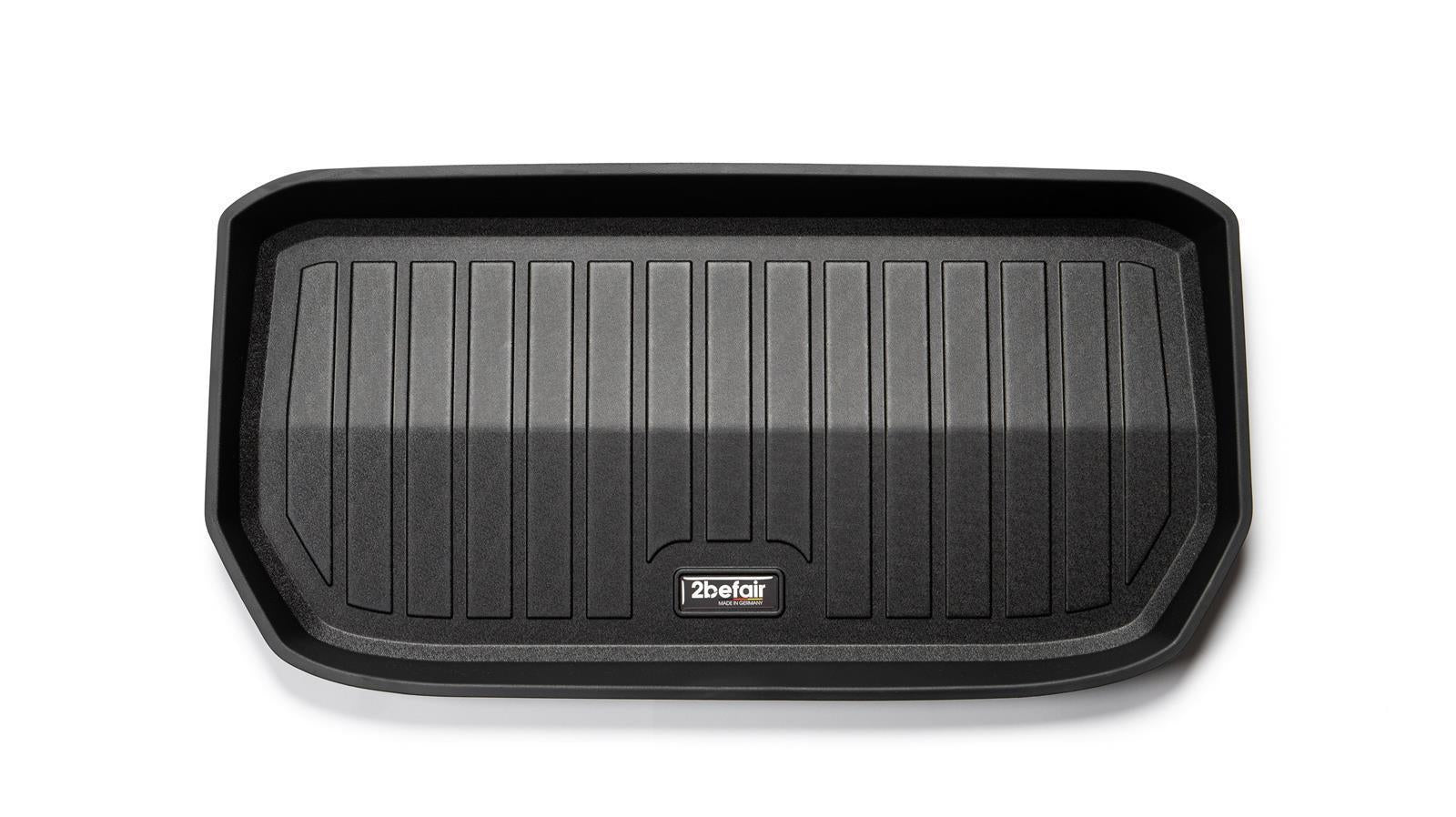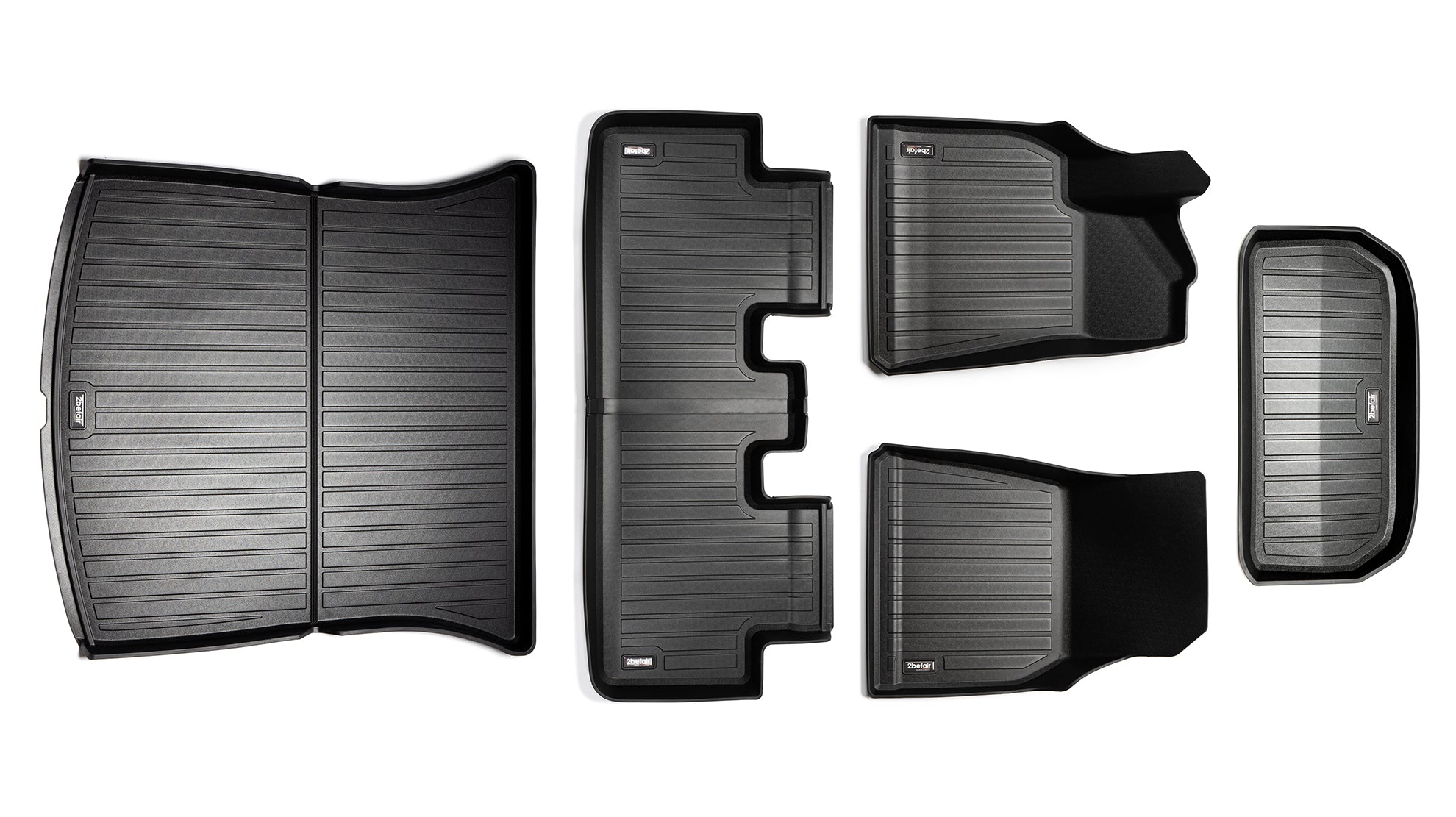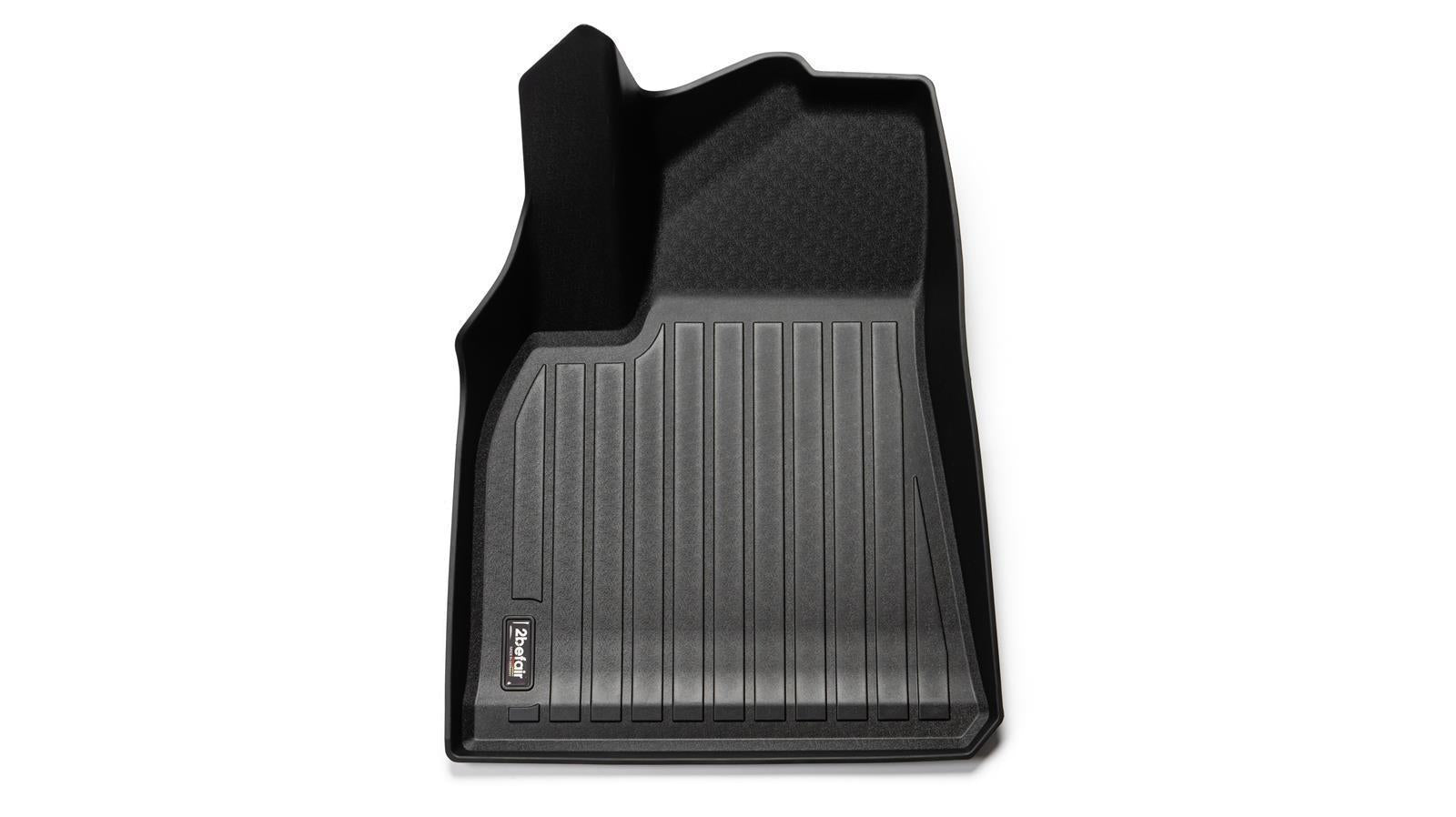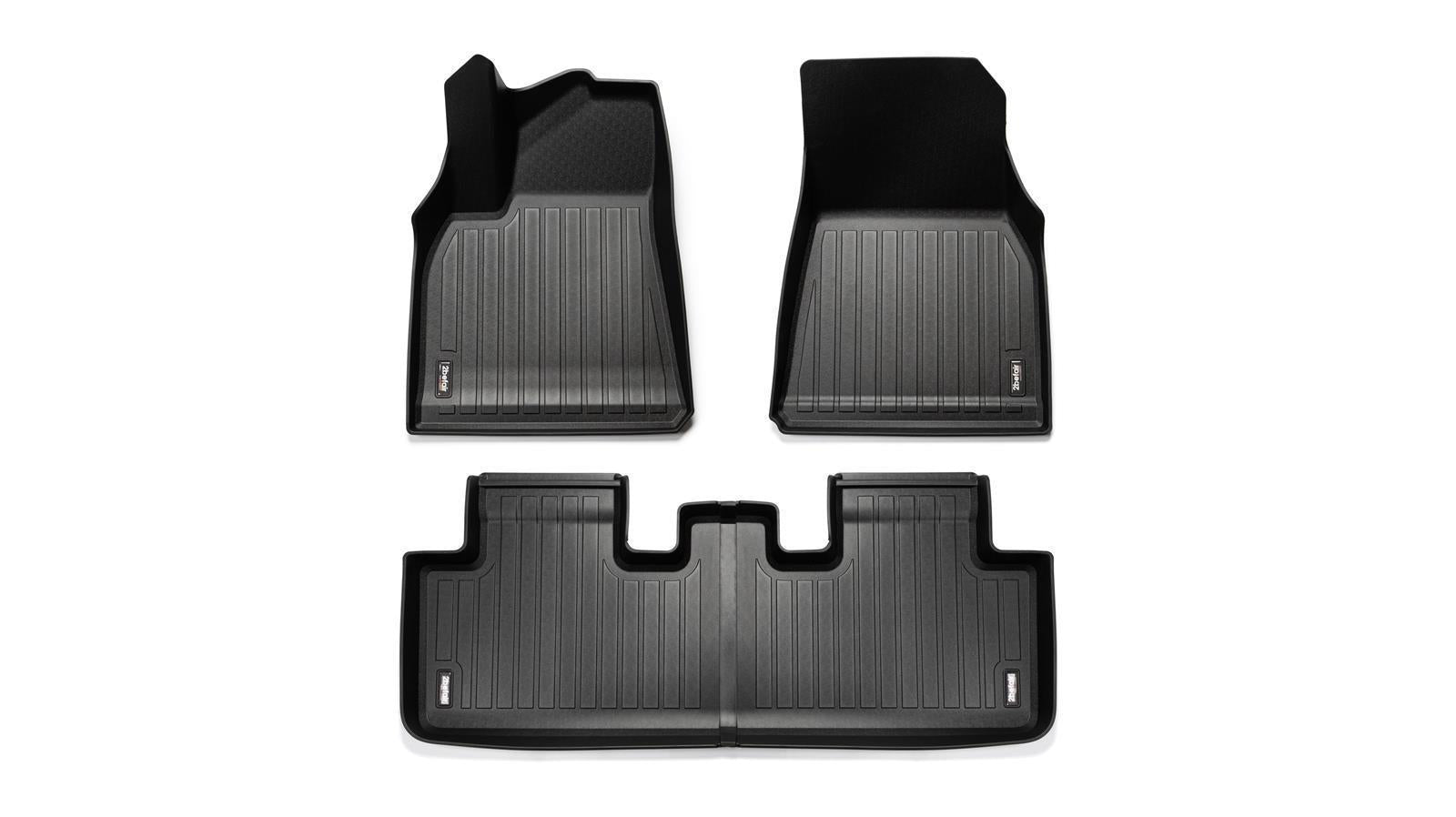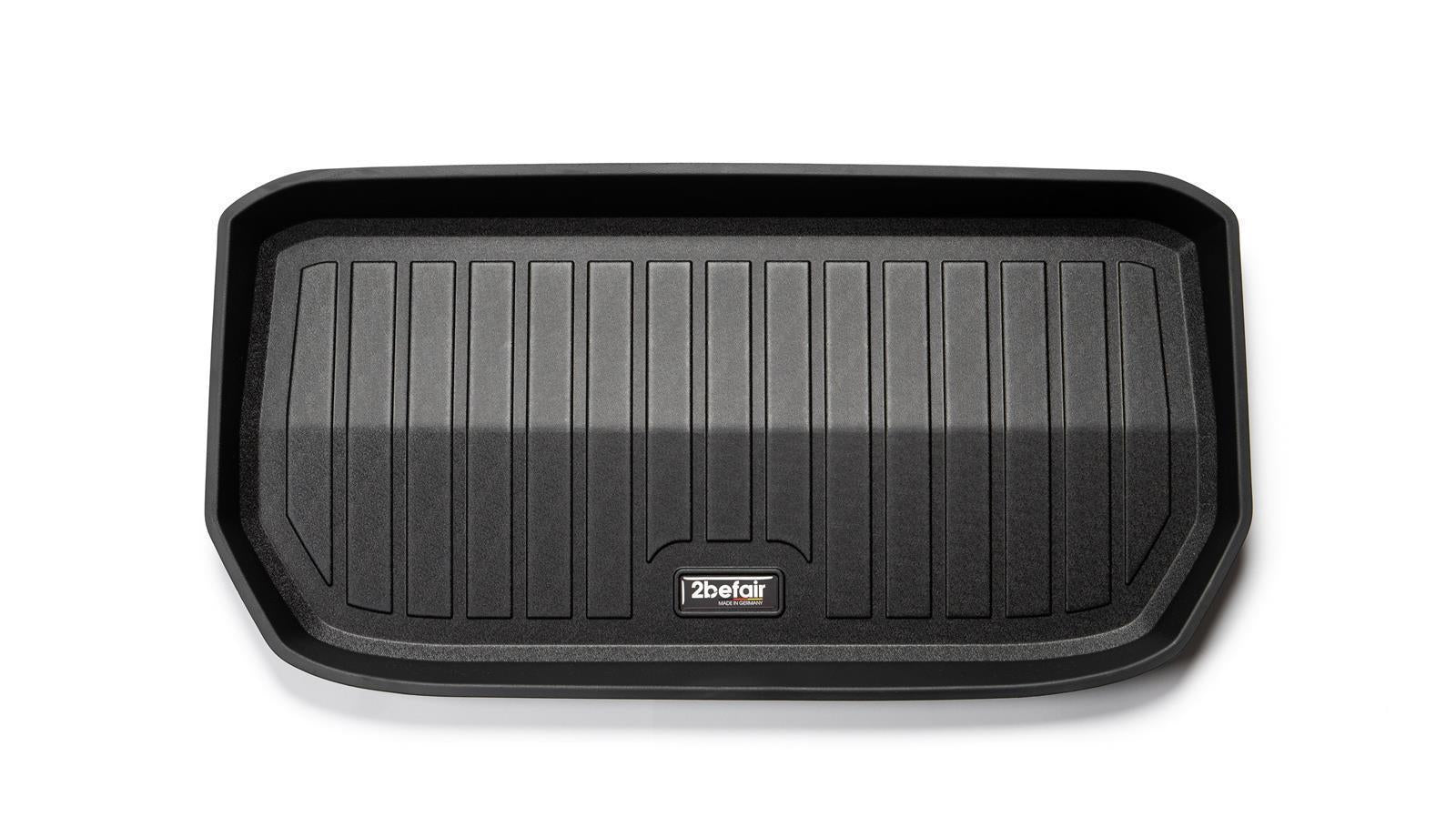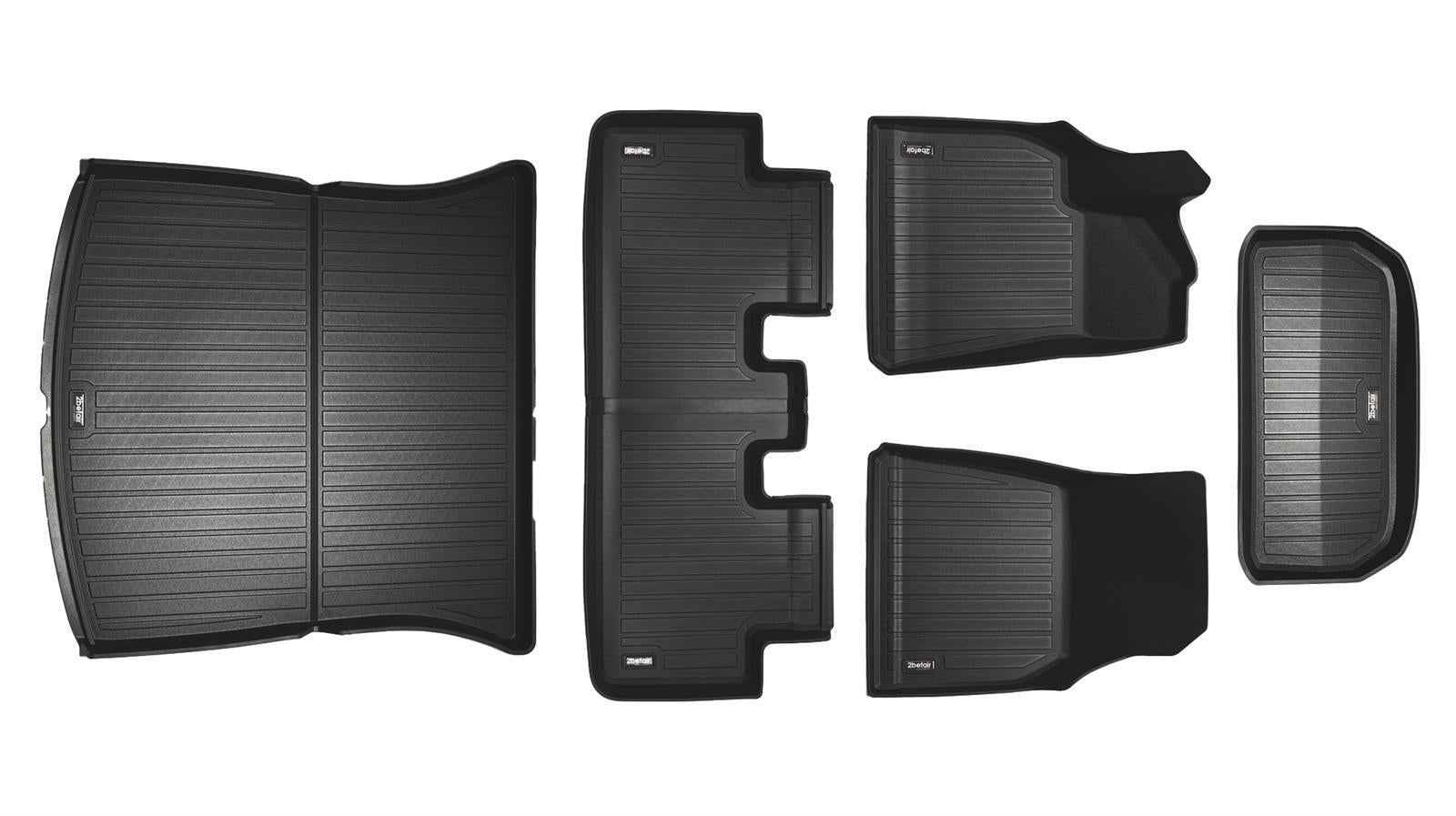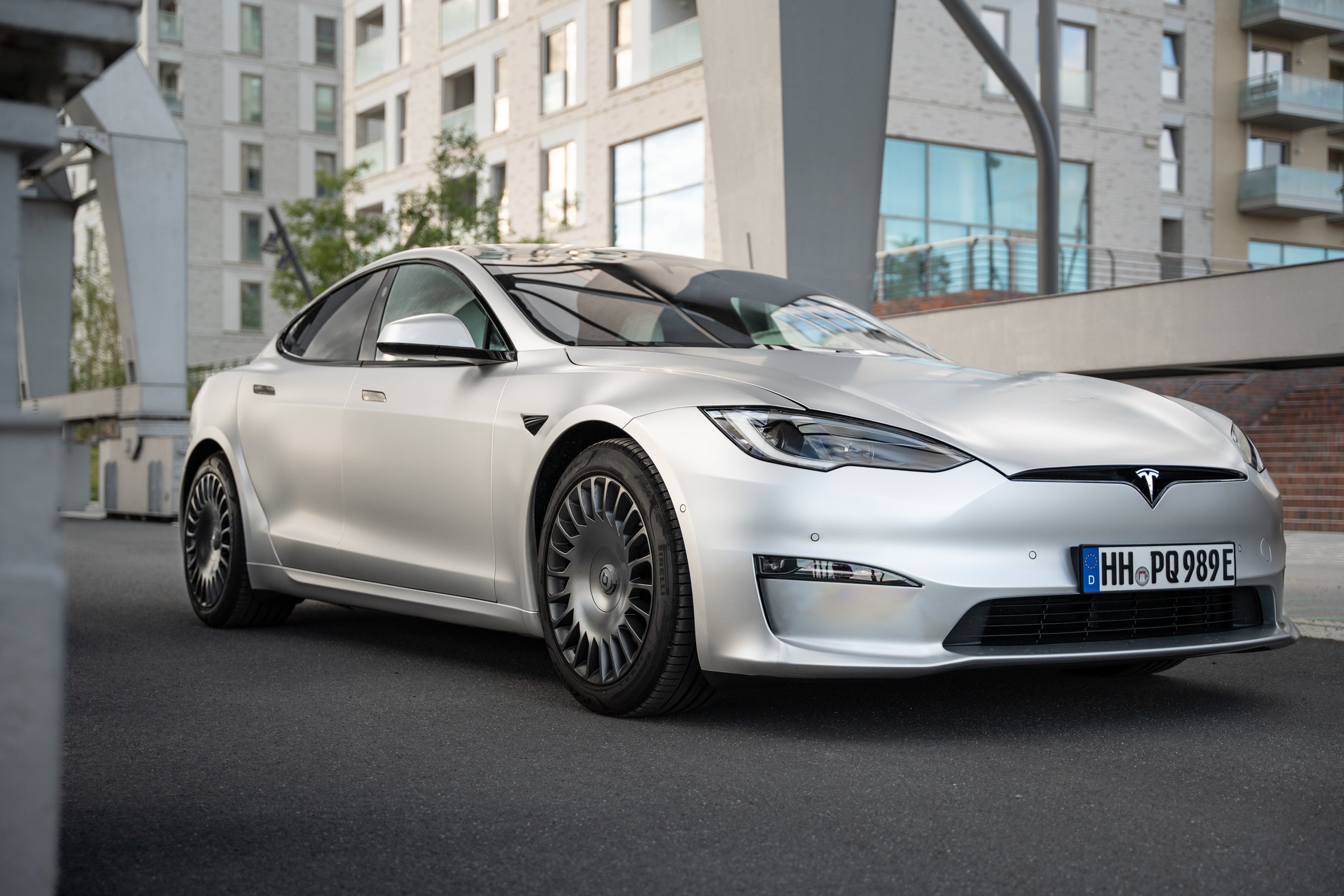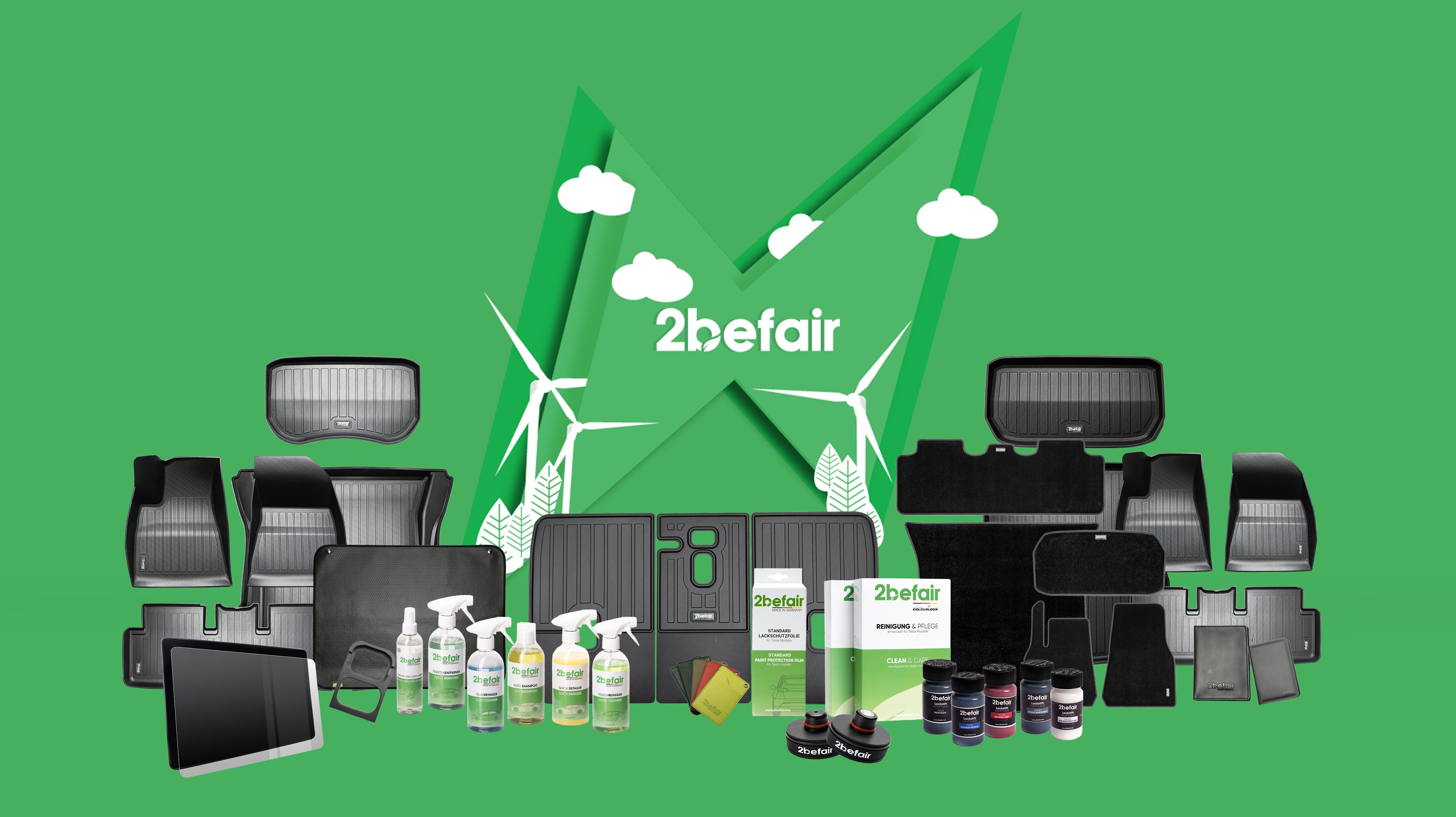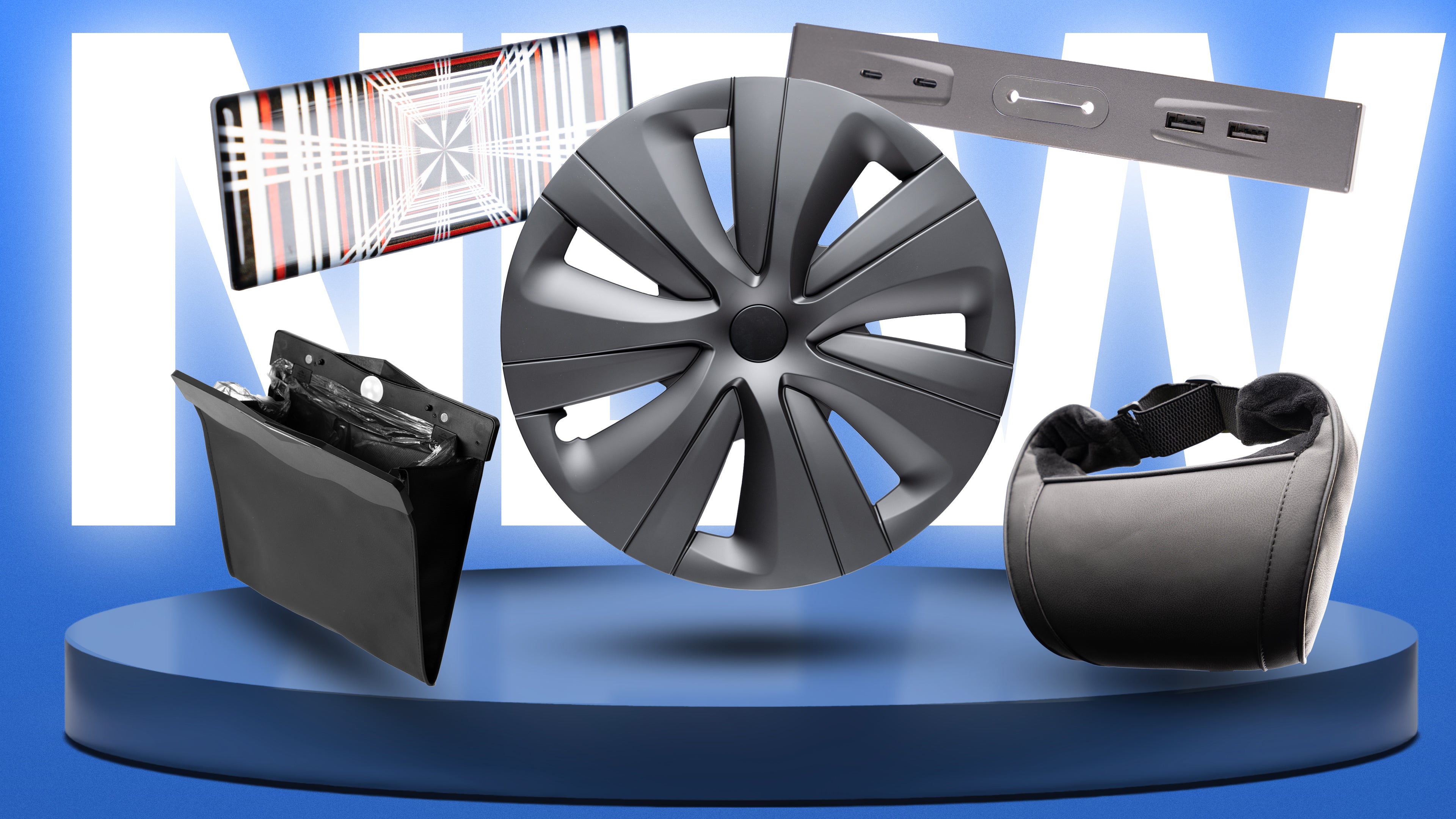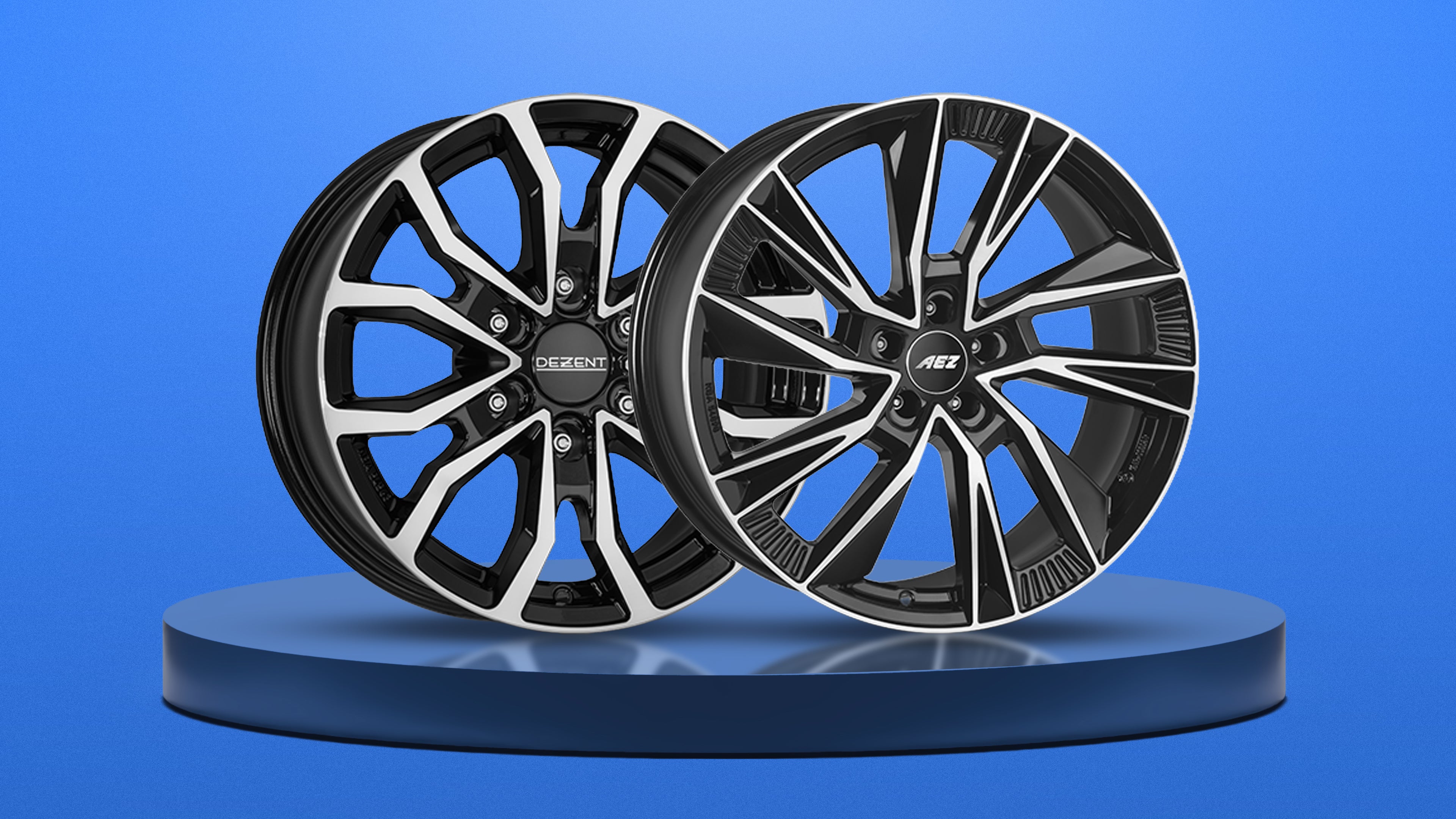Tesla polarizes – also on the stock market. The latest quarterly figures show weaker margins and stagnant deliveries, but many investors continue to focus on future topics such as Full Self-Driving (FSD), robotaxis, humanoid robots, and the energy business. For a well-founded Tesla evaluation, it is therefore worth taking a look at all business areas – from the core business of cars to visionary projects.
Automotive: Margins under pressure, software as leverage
Sales of Model Y and Model 3 still make up the majority of revenue. At the same time, the gross margin is decreasing:
-
Price reductions and high competitive intensity are reducing the profit per vehicle.
-
Economies of scale are reaching their limits; material costs cannot be endlessly reduced.
Elon Musk is therefore relying on software revenues: If Tesla sells a vehicle in the future at cost price and realizes an additional 8,000 US dollars thanks to an FSD license or subscription, the margin per unit remains intact – with significantly greater sales potential.
Energy business: Megapack & Powerwall growing rapidly
The Energy Storage sector is developing from a niche topic to a second pillar:
-
Two megafactories (Lathrop & Shanghai) are expected to reach a combined annual capacity of 80 GWh – theoretically over 20 billion US dollars in revenue.
-
Powerwall networks form virtual power plants and open up subscription models in the future.
-
Risks: US tariffs on Chinese LFP cells can burden the cost base.
Even conservatively calculated, the energy segment contributes up to 40 US dollars per share to the Tesla evaluation according to analysts – with a rising trend.
FSD and Robotaxi: Future music with billion-dollar potential
The Tesla evaluation is significantly influenced by the question of when FSD will actually drive without supervision. Scenarios:
-
FSD subscription: Even an adoption rate of 30% at 100 US dollars per month would significantly increase the corporate margin.
-
Robotaxi Network: Elon Musk aims for operating costs of 0.20 US dollars per mile – well below today's ride-hailing rates. With high utilization, vehicle owners could achieve five-figure annual profits, Tesla earns a platform fee on each ride.
Regulatory approvals and sufficient real driving data are still missing, but the market is already pricing in parts of this scenario.
Optimus & other visions: Robots in the factory and beyond
With Optimus, Tesla wants to use humanoid robots in its own factories and later sell them. Internal efficiency gains of 3–4 billion US dollars per year seem realistic; however, a commercial sale of 1 million units by 2030 is highly speculative. Even moderate successes would strengthen the narrative “Tesla = Tech Platform” – an important factor for any Tesla valuation.
Conclusion: Realistic opportunities for investors?
Adding cars (with software upside) and energy, many analysts arrive at a fair value of around 200 US dollars per share. Robotaxi, Optimus & Co. could multiply this Tesla valuation – or prove to be too ambitious. Therefore, the key remains:
-
Will Tesla deliver FSD in series production?
-
Will the Robotaxi rollout succeed and will authorities approve the operation?
-
Can the energy business continue to grow >30% per year despite tariffs?
Shop4Tesla Conclusion: For fans of the company, optimism prevails – but those who invest should carefully weigh the opportunities and risks of the different business models.


